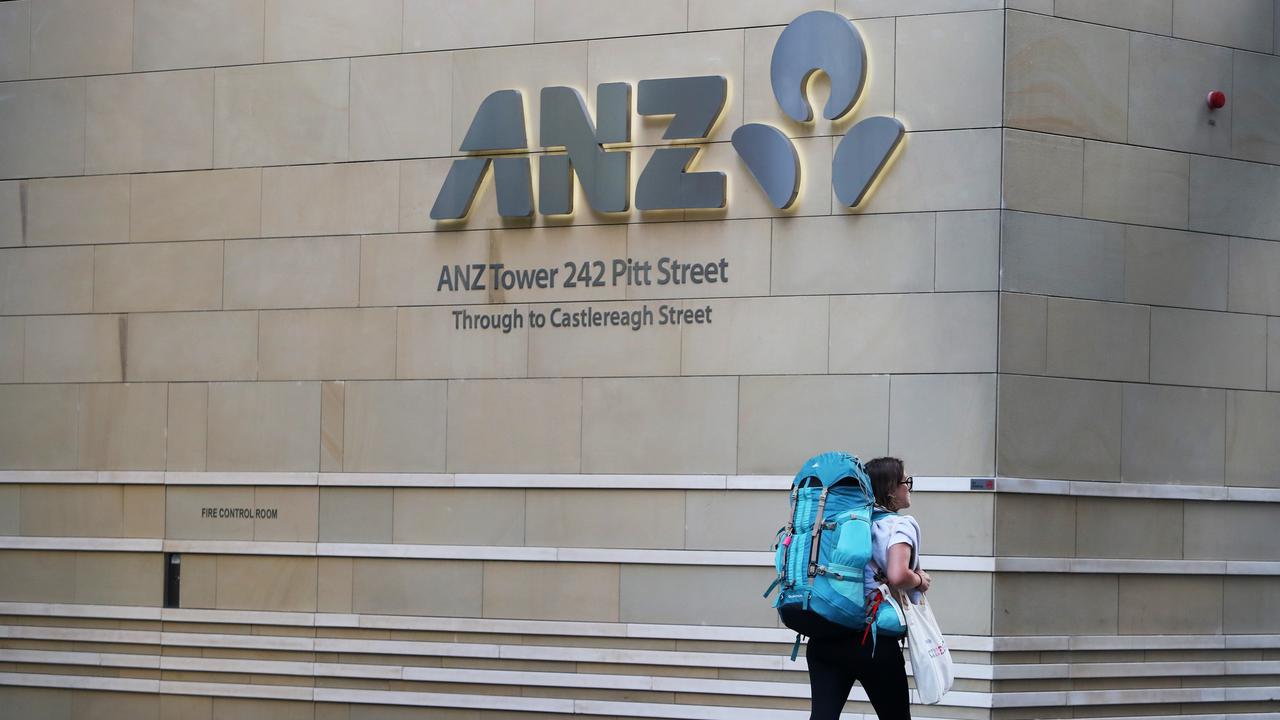Rising power of mega super funds transforms market, but report says there’s room for smaller players
AustralianSuper recorded $25bn in net cash inflows during the past financial year while most other funds are now close to or at net-zero inflows.

The superannuation sector is seeing the rise of $100bn “megafunds” as Australia’s major industry funds grow market share at the expense of smaller funds and retail funds, consulting firm KPMG says.
Australia’s largest super fund, the $260bn AustralianSuper, recorded another $25bn in net cash inflows during the past financial year, pulling ahead of its rivals, while most other super funds are now close to or at net zero inflows.
The KPMG Super Insights report shows that the industry super funds have increased their share of the total superannuation market, rising from 31 per cent in the financial year ended June 2021 to 37 per cent in the period ended June last year and overtaking the self managed super fund sector.
“Mergers and the rise of the mega funds are a continuing driver of change in the superannuation landscape,” KPMG Australia national sector leader, asset and wealth management Linda Elkins said.

“Five more mergers took place in the year, with nine other funds making merger announcements or signing memorandums of agreement.”
She said the growth in the superannuation sector last year had been restricted to the larger funds, mostly as a result of mergers.
“The Australian superannuation sector is becoming more clearly stratified by size of funds,” she said.
The industry is now dominated by two megafunds with assets of more than $200bn – AustralianSuper and the Australian Retirement Trust.
Five more funds have assets of more than $100bn, and another five have assets of $60bn to $100bn.
But the total industry of 140 funds still has many smaller funds with assets below $20bn.
Mergers have boosted the role of industry funds. At the end of 2021, AustralianSuper was the only industry fund ranked in the top seven. By the end of the 2022 financial year, four industry funds were in the top seven.
The top seven super funds along with four industry funds AustralianSuper, (the Australian Retirement Trust, Aware and UniSuper), and three retail funds (Insignia, AMP and Colonial First State) now make up well over half – or 58 per cent – of the non-self-managed superannuation fund sector.
Ms Elkins said the continued mergers in the sector would still leave room for a range of funds, including retail funds and smaller funds.

“Mergers will continue to drive the consolidation of the industry, but with 140 funds there is still a long way to go,” she said.
Retail super funds, which were hit by the fallout from the royal commission into misconduct in the financial sector, were still “fighting in the middle of the pack” and were relatively stronger with members in retirement.
“The retail funds still have an important and significant role to play with features which serve their members well, especially in the retirement space,” Ms Elkins said.
During the financial year to the end of June 2022, total assets in the superannuation sector went backwards as a result of a sharp fall in markets in early 2022 – as the world’s central banks aggressively increased interest rates in response to concerns about rising inflation.
“The inexorable growth of Australia’s super sector hit the brakes last year with a small reduction in assets,” the report notes.
With most superannuation funds reporting negative returns for the financial year, there was a reduction in funds under management from $2.8 trillion in 2021 to $2.79 trillion in 2022.
The report predicts increasingly fierce competition within the superannuation sector as funds come under the spotlight of the Your Future, Your Super performance tests, and new legislation “stapling” super funds to members unless they specifically decide to change.
“A continuing and intensifying trend is the direct competition between funds to attract and retain members,” Ms Elkins said.
“The introduction of ‘stapling’ of members to funds under the Your Future, Your Super legislation, has meant there is less automatic change to a new employer’s fund when someone takes a new job.”
She said super funds were increasingly investing in digital capabilities and improving their online products as part of their pitch for new members.
A new factor in the competitive landscape is the focus on retirement income products.
This has been accelerated by the introduction of the retirement income covenant which came into force on July 1 last year, requiring super funds to develop a retirement income strategy for their members.
“We are seeing a variety of member retention initiatives, and funds creating smooth member journeys – often including an advice element – from the accumulation phase to retirement,” Ms Elkins said.
“This will be increasingly important with a more stable membership base who will age over time.
“There is now a critical mass of retirees with a common unmet need, dealing with longevity risk and achieving a certain income for life.
“APRA requires that, by the end of June, trustees will have undertaken an assessment of their products and strategies.
“Members are now ranking certainty of income as a first priority in super fund surveys and will increasingly be looking to their funds to advise them in deciding on the most appropriate strategy.”
A number of funds have also created the new role of chief retirement officer, “reflecting the market-wide shift in focus to retirement,” Ms Elkins said.




To join the conversation, please log in. Don't have an account? Register
Join the conversation, you are commenting as Logout